
New research reveals how age, lifestyle, and diabetes alter the gluteus maximus shape, highlighting sex-specific responses and metabolic health implications.

New research reveals how age, lifestyle, and diabetes alter the gluteus maximus shape, highlighting sex-specific responses and metabolic health implications.
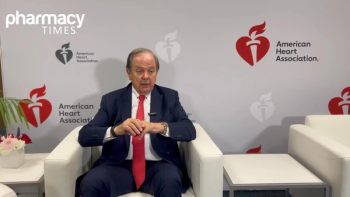
Discover how triple combination therapy for hypertension enhances cardiovascular health, as endorsed by the AHA and supported by pharmacists.

Explore the complexities of dietary supplement regulation, the importance of third-party testing, and how pharmacists can guide safe usage.

A more significant association with cardiovascular disease (CVD) was observed among individuals with diabetes compared with those without.

The FDA approves ruxolitinib cream for treating atopic dermatitis in children, offering hope for millions affected by this chronic skin condition.

An Illinois Court Ruling Underscores How Intent and Knowledge Factor Into False Claims Act Liability for Pharmacy Reimbursement Submissions

Discover the stages of migraines and explore innovative treatments like Symbravo, designed to alleviate pain and improve quality of life.
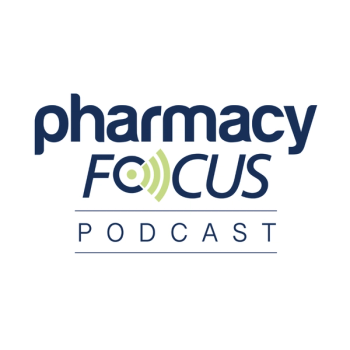
Headache specialist Shivang Joshi, MD, MPH, RPh, FAHS, explains how the dual-mechanism combination of meloxicam and rizatriptan fits into acute migraine treatment.

City-level COVID-19 vaccine mandates in the US have limited impact on vaccination rates and health outcomes.

Diana Isaacs, PharmD, discusses evolving perceptions of obesity, the expanding role of pharmacotherapy, and how pharmacists can drive access, counseling, and long-term metabolic health.
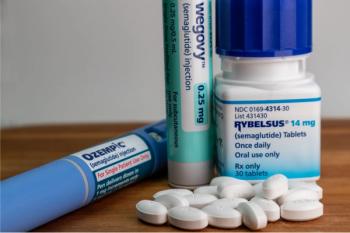
The 1-year extension period in trials will be discontinued based on the efficacy results observed in the overall study population, said Novo Nordisk.

A new study reveals fluoride in tap water enhances cognitive performance, debunking claims of its link to neurodevelopmental delays and lower IQ.

Data show the overall use of sodium-glucose cotransporter 2 (SGLT2) inhibitors among study participants with chronic kidney disease (CKD) was about 14.8%.

New studies reveal a modest, temporary increase in breast cancer risk linked to hormonal contraceptives, emphasizing the need for informed patient counseling.

Legislation aims to enhance health care access by allowing Medicare reimbursement for pharmacist services in rural areas, improving patient care and convenience.

Tools Like Robotic Dispensing Services, Pharmacogenomics, and Regulatory Changes Are Changing How Pharmacy Works

With Growing Patient Interest in Natural Remedies, Pharmacists Must Understand the Science, Safety, and Limitations of Essential Oils

Olezarsen effectively lowers triglycerides and enhances cardiovascular health, especially when combined with fibrates, benefiting pharmacists and patients alike.

New research reveals significant nonrespiratory complications in hospitalized children with influenza, highlighting the need for improved clinical awareness and antiviral treatment.
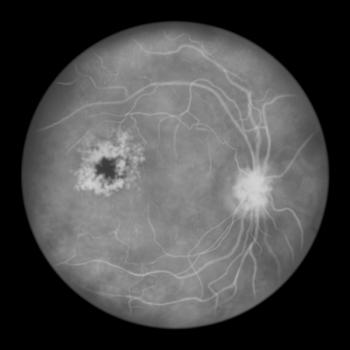
FDA approves an 8-mg aflibercept injection for macular edema following retinal vein occlusion (RVO), offering flexible dosing options for improved patient care.



Counsel patients about effective remedies for pediatric colds, sore throats, and safe OTC options for adults with hypertension to alleviate symptoms.

Proactive Monitoring and Patient Education Are Key Roles for Pharmacists

Pharmacists Can Educate Patients About Symptoms of Menopause, Associated Chronic Conditions, and Management Options
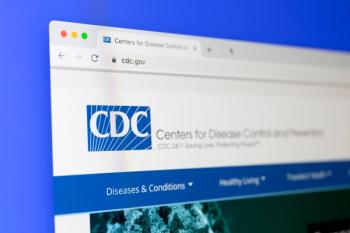
CDC's recent statement raises concerns about vaccine safety and autism links, igniting debate among health experts and fueling vaccine hesitancy.

Dexcom Smart Basal optimizes basal insulin dosing for type 2 diabetes, enhancing management with personalized recommendations and a 15-day CGM sensor.

The findings from the BATURA clinical trial were presented at the 2025 ACAAI Annual Scientific Meeting.

A recent study reveals diverse long COVID trajectories, highlighting the need for further research to understand symptoms and recovery variability.

New triglyceride-lowering therapy Olezarsen significantly reduces severe hypertriglyceridemia and acute pancreatitis risk, offering hope for patients.